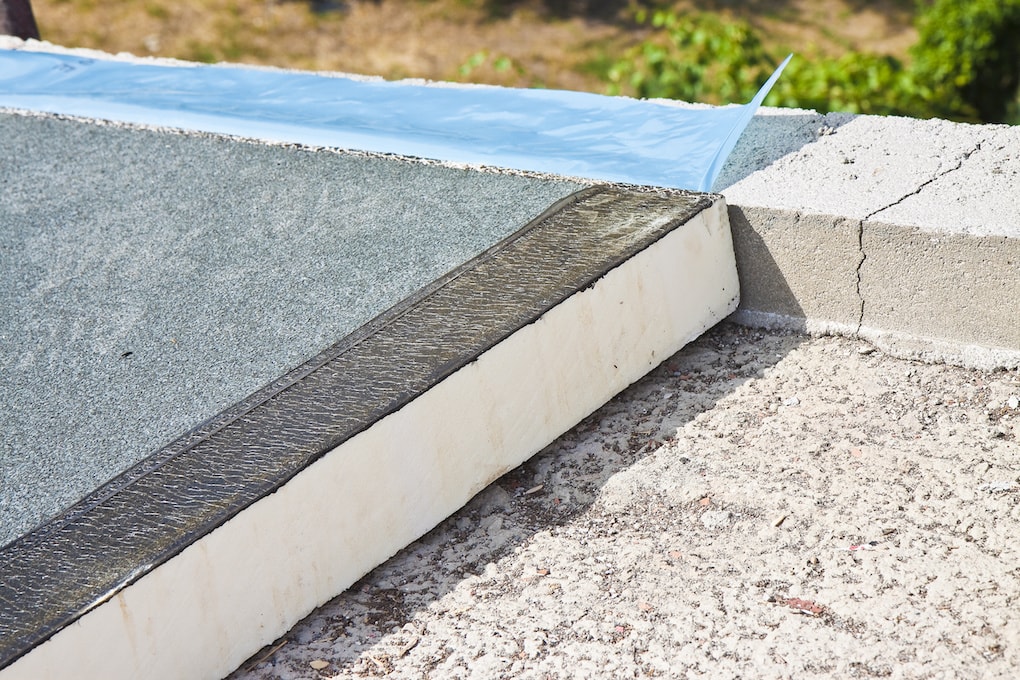No matter what type of roof you install on your home or commercial structure, it needs insulation to maintain its energy efficiency and provide added protection to your home. This can vary based on the roofing material itself—some offer natural insulating abilities—the climate, and where the roof is being installed.
Either way, business owners often wonder what insulation they need, how often it should be replaced, and how much it will cost. This guide will help anyone looking to insulate a flat roof so they can stay warm in the winter, cool in the summer, and benefit from lower energy bill costs.
What is Flat Roof Insulation?
We repeatedly talk about what the best flat roof materials are, how to install them, how long they last—the list goes on. But insulation is just one element of the whole roofing system, and it’s important to know what it is, how it works, and the benefits of insulating properly before you consider which is best.
Flat roof insulation makes a structure more energy-efficient and minimizes heat loss, which is highly likely from any poorly insulated roof. There are actually two insulation types depending on the flat roof material installed: warm flat roofing and cold flat roofing.
In warm flat roofing, the insulation is installed on top of the roof decking rather than underneath the entire roof system. Meanwhile, cold flat roofing is just that—insulation is installed between joists underneath the roof’s surface/decking.
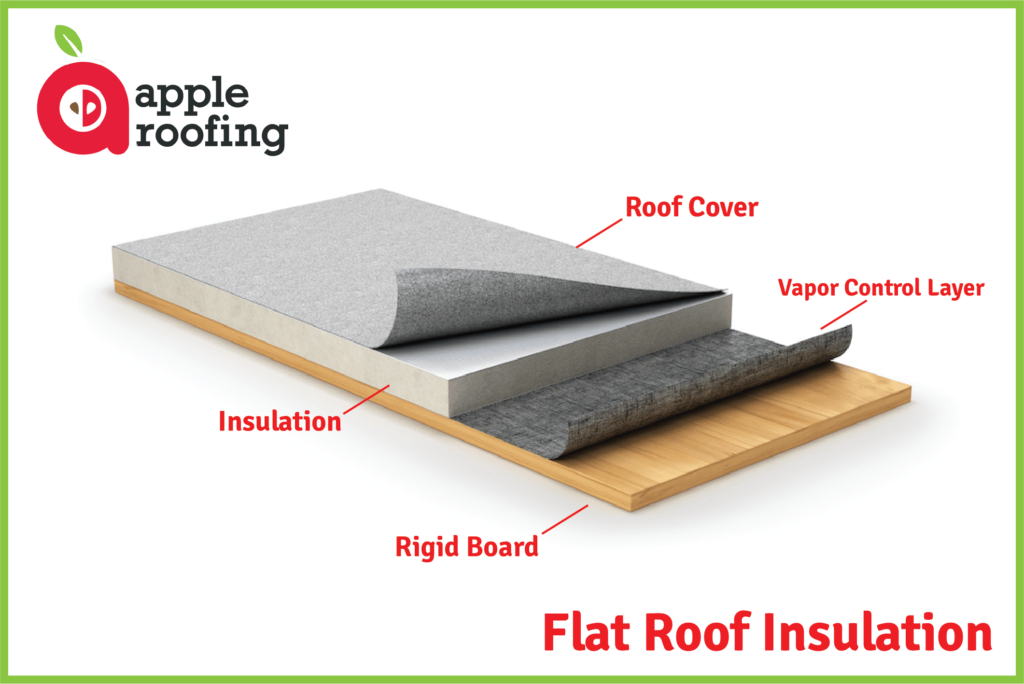
How to Insulate a Flat Roof
Now that we know that there are generally two types of flat roof insulation, that means there are two general ways to install it. We’ll cover the essentials to get a base, but the specific types of insulation may require some additional steps to install it correctly.
Installing Warm Flat Roofing Insulation
Business owners benefit from installing a warm flat roof because they won’t experience issues with condensation. In addition, since the insulation is positioned above the roof decking, it won’t retain water from moisture build-up beneath the roof and above the joists. This is also thanks to the vapor-control layer. A thin layer of rigid board insulation must be positioned over the top of the vapor control layer before the roof is waterproofed on top.
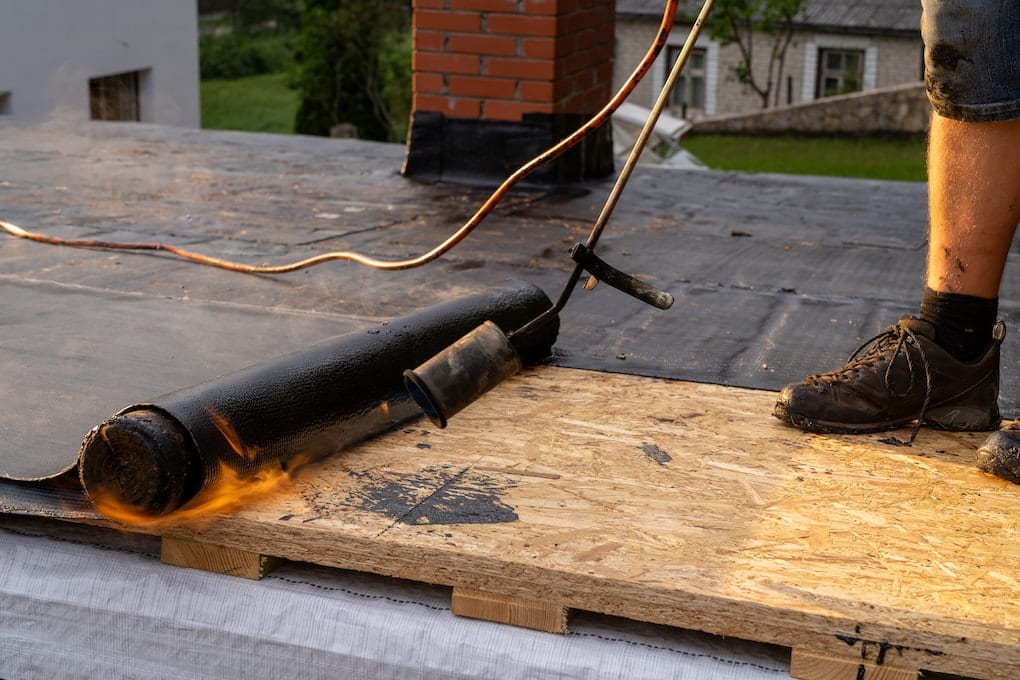
Installing Cold Flat Roofing Insulation
With cold flat roof insulation, the material is placed between the supporting joists, with a small gap between the roof and insulation, enabling airflow circulation. If this type of insulation is being installed on an older building with an existing flat roof, it can be installed by taking down the ceiling and installing it that way.
For properties that have very shallow joists above their ceiling, spray foam is an optional method but may not be ideal for the type of flat roof installed—check with your local building codes.
What Types of Insulation Are Available for Flat Roofs?
The insulation you choose for your flat roof depends on many factors, such as your climate or the roofing material being installed. Although there are many options available to business owners, below is a list of some popular types.
Cellular glass
Cellular glass insulation is used with warm flat roofing installations. Glass fibers are mixed with resin and formed into small cells, trapping air inside to provide insulation. It is a water-resistant material that will not rot or absorb moisture and can be used in conjunction with other insulation types.
Perlite
Perlite insulation is a mixture of organic fibers, binding agents, and air cells that blend together to create excellent insulation for flat roofs. In addition, an asphalt coating is often applied to reduce water absorption.
Polyisocyanurate
This type of insulation is a foam material with high thermal resistance. It’s used for cold-flat roofing installations and blown-in between the felt layers of a flat roof. The one downside is it may have issues with condensation if there are any penetrations in the roof surface or gaps at joints between panels.
Polystyrene
There are two types of polystyrene insulation—expanded and extruded. Polystyrene is a plastic polymer used to make many things, but it’s mixed with other chemicals to make polystyrene insulation. To make expanded insulation, it gets mixed with a foaming agent. The extruded version is heated and expanded polystyrene.
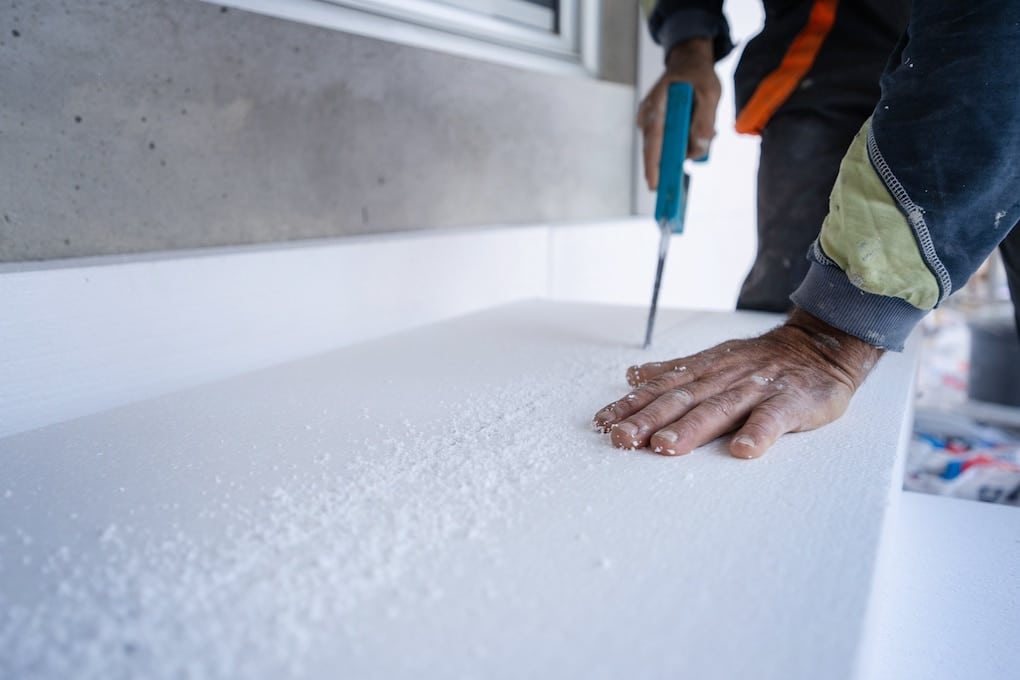
Wood fiber
An organic board made of wood or cane, with various binders and fillers, makes up wood fiber insulation. In addition, an asphalt coating may be applied to the surface to improve its water resistance.
Insulating a Flat Roof: Frequently Asked Questions
There are many things to consider before insulating your flat roof. You want to choose the most effective insulation for your flat roof and also hire the right team to install it properly.
There are a few questions we hear consistently asked by business owners looking to insulate their flat roofs. We’ll do our best to answer them and help guide you in the right direction.
Can I add insulation to an existing flat roof?
Yes, this is possible. You can always add insulation to an existing flat roof if you feel the first installation was not effective enough, or it’s been 25+ years and needs a refresh. However, adding new material means removing some of your current insulation to make room for it—so be sure that’s really what you want before beginning!
Will I need a vapor barrier?
A vapor barrier is a layer of material that inhibits the passage of water vapor and moisture. In colder climates, it’s crucial to install a vapor barrier to prevent condensation on the underside of your roofing system.
The best way to determine if you need a vapor barrier is to speak with an insulation expert who will have knowledge of your climate and the type of insulation being installed.
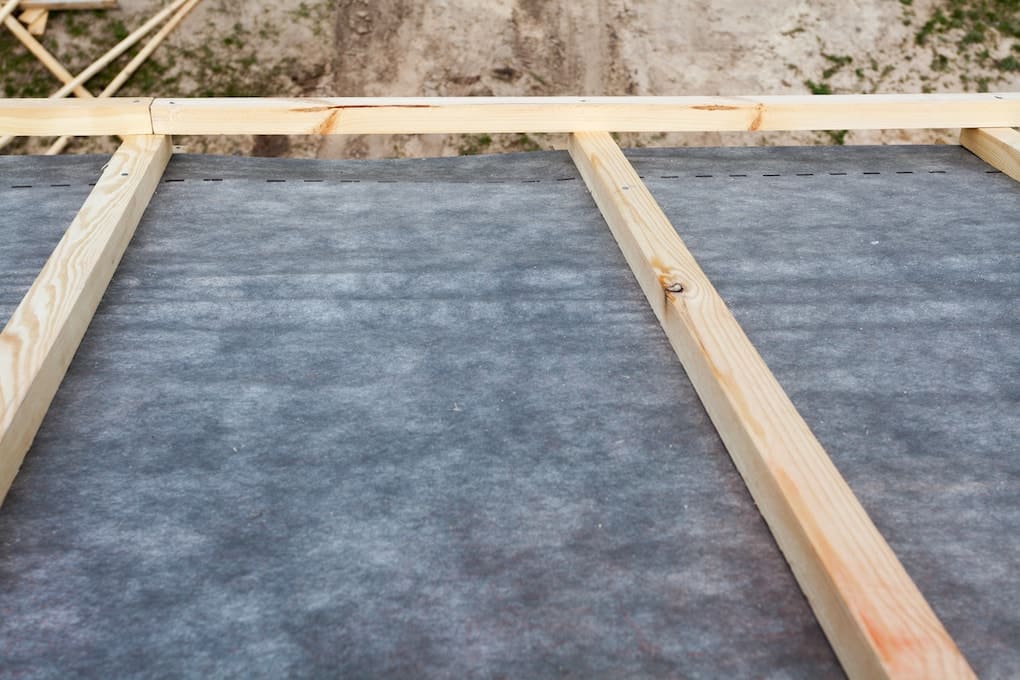
How much insulation should I add?
Climate plays a significant factor in determining how much insulation you need, at what thickness. For example, if you experience cold winters, you need to make sure that you install enough insulation to keep the sheathing above the dew point temperature. Professional contractors recommend at least 6 inches of foam insulation board to insulate your flat roof properly for the best protection.
What is the best type of insulation to use on a flat roof?
There is no one-size-fits-all answer to this question—the best type of insulation to use on a flat roof will vary depending on the climate and other factors. However, speaking to a professional contractor can ensure you get the proper insulation for your material.
Do any flat roofs NOT require insulation?
Some flat roofs, such as metal and TPO membranes, do not require extra insulation. PVC and rubber roofs also do not need additional insulation—but they can benefit from it! But again, for areas in colder climates, installing some cold flat roof insulation underneath the roof or inside your ceiling can be a good idea.
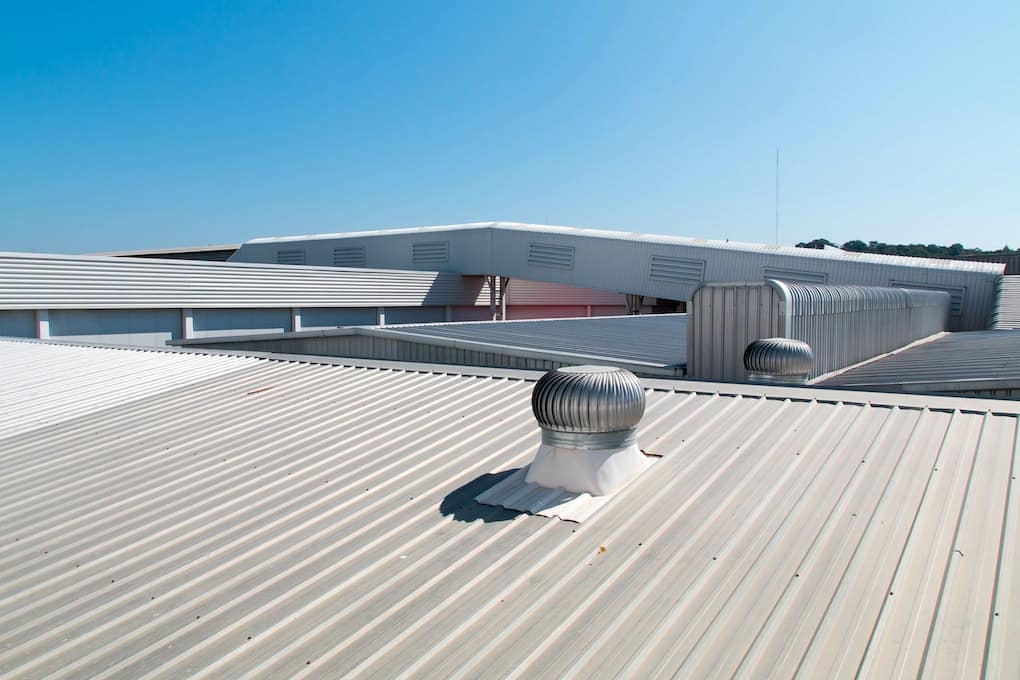
How much does flat roof insulation cost?
The cost of insulation will vary depending on the type and size of your roof, as well as the contractor you choose to work with. However, a general estimate is that it costs about $0.50-$0.70 per square foot for blown-in insulation and around $0.35-$0.45 per square foot for polystyrene insulation.
When it comes to choosing the best insulation for your flat roof, it’s important to consult with a professional contractor who can help you make the right decision for your needs and climate. By insulating your flat roof, you’ll not only save energy and money in the long run but also help keep your building protected from the elements.
If you are a business looking to enjoy the benefits of a well-insulated flat roof, reach out to Apple Roofing today. We can walk you through the steps needed to get the job done and offer our best solutions, plus an estimate for what it may cost. We’re here to help!

